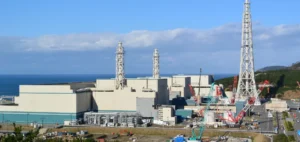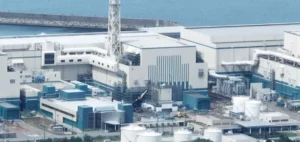The European Pressurised Reactor (EPR) located in Flamanville, Manche, was reconnected to the French power grid on Saturday 19 April at 8:30 p.m., according to information released by Électricité de France (EDF) the following day. This step marks progress in the power-up phase of the reactor, which had been offline since 15 February due to unplanned maintenance operations. The early return to the grid follows several successive delays related to safety inspections.
The reactor, which has a maximum output capacity of 1,620 megawatts, resumed operation at a limited level of 90 megawatts. EDF confirmed that power variation tests are scheduled until the following Wednesday. This gradual increase in output is part of the initial startup process for a third-generation nuclear reactor, which spans several months to comply with safety protocols. Full power output, equating to 100% of nominal capacity, remains scheduled for summer 2025.
Extended maintenance on cooling system components
The reactor’s shutdown, initially intended as temporary, was extended twice in February. EDF carried out work on a cooling system using seawater, on the turbo-alternator unit, and on other elements considered necessary to ensure safe progression through the power-up sequence. The group also noted that further adjustments had been made to the bearings guiding the turbine rotors.
These technical operations are part of the standard procedures for a new-generation reactor, particularly during the system validation phase. EDF highlighted that more than 1,500 safety criteria are assessed during the initial startup, which can require several planned stoppages or unexpected adjustments.
A restart following multiple delays since late March
The reactor’s recommissioning was originally scheduled for 30 March but was postponed several times. The latest timeline indicated a return to the grid on Monday 21 April. This recent progress in the Flamanville EPR project comes as EDF aims to stabilise availability across its national nuclear fleet, comprising 57 reactors.
The Flamanville reactor was connected to the grid for the first time on 21 December 2024, twelve years behind the original schedule. Since then, it has undergone two scheduled stoppages. EDF considers this gradual load increase a standard procedure for a first startup, requiring in-depth testing at each operational stage.






















